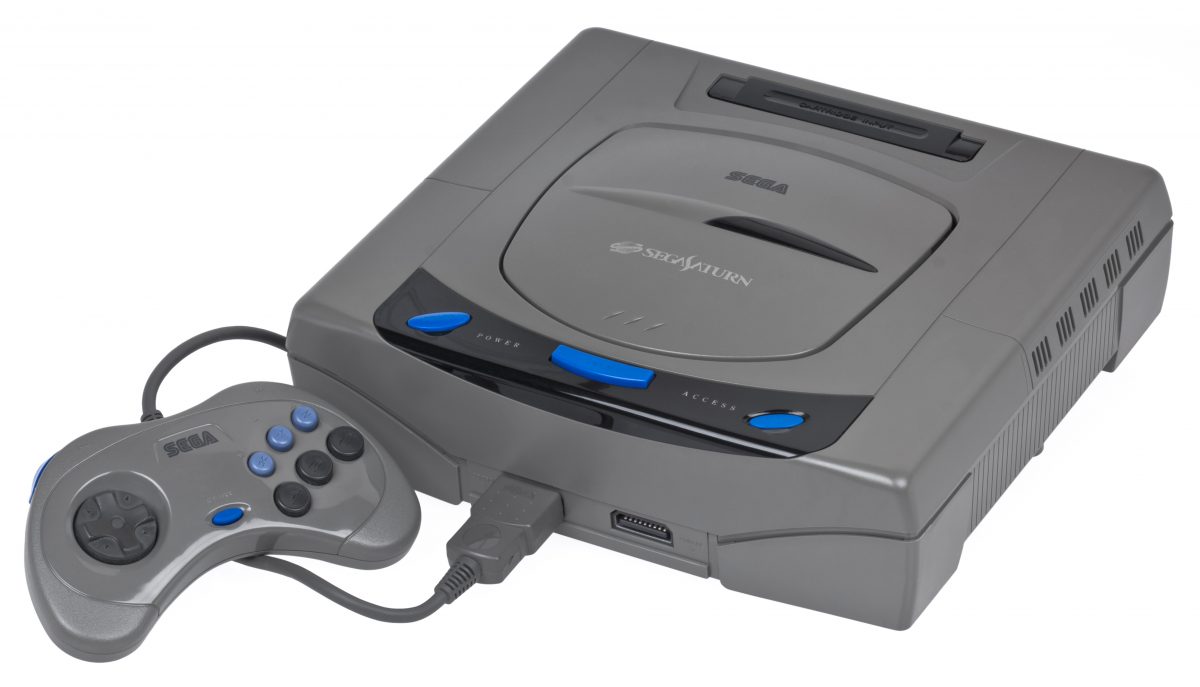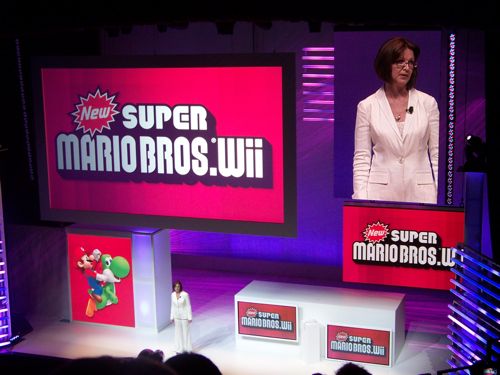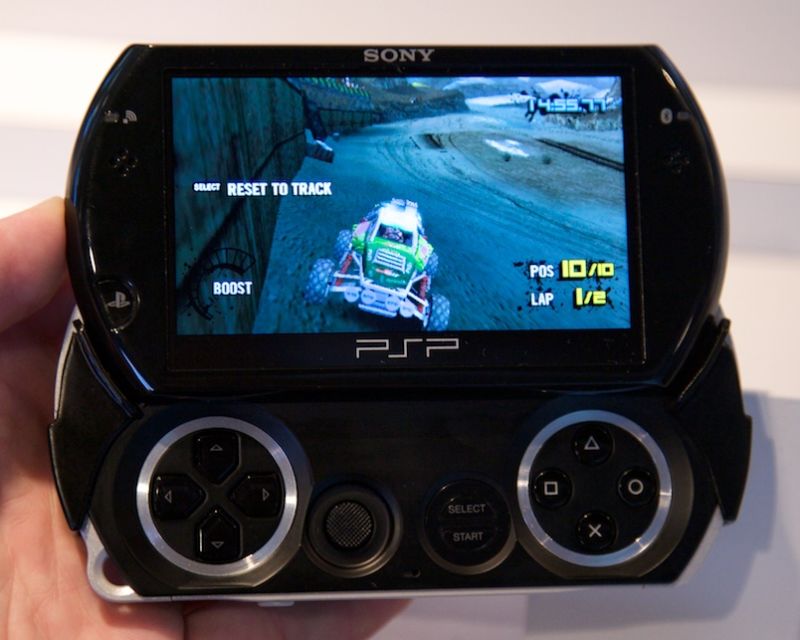Gamers, publishers, retailers, and developers worldwide know to mark E3 on their calendars for the hottest announcements and biggest surprises in the gaming world – but we can all recall some of the show’s most legendary gaffes. From nostalgic mistakes of yesteryear to more recent digital doozies, we’ve gathered 3 of the most spectacular flops ever to grace the famous E3 stage.
The Sega Saturn

In 1995, Sony’s debut in the console world – the PlayStation – went head to head with the freshly launched Sega Saturn in Japan, rapidly taking leadership in its home market. Sega of America responded by using E3 1995 to announce that the Saturn, previously pegged for a September release in the United States, had apparently proven so popular that 30,000 were being released across America to coincide with the June presentation. Retailers had other ideas – and certainly didn’t appreciate the surprise release announcement. Add to that the fact that the Saturn retailed for $399, $100 more than the PlayStation would launch for, and you can see how Sega of America’s hubris marked the first of what would become many years of gaffes, finally ejecting them from the console market altogether.
Nintendo’s 2008 E3 presentation

Few have shaped the gaming market as profoundly as Nintendo. Yet it’s not unfair to say that the company’s attempts at staying contemporary haven’t always hit the mark. In recent years, Nintendo has shied away from live stage presentations at E3 altogether, instead streaming its announcements worldwide. Looking back at the company’s 2008 stage show, we can’t help but think that this was the presentation that helped spark that notion.
In 2008, Nintendo’s Wii system was coming up on two years into its lifespan, and gamers were hungry for some announcements that would spark renewed interest in what is arguably the most popular set of gaming franchises in the world. Yet rather than play to those strengths, Nintendo ushered in the dawn of the ‘Wii as a lifestyle product’ ethos with a series of awkward and flailing gameplay demonstrations of the likes of Wii Sports Resort and the now infamous Wii Music. On top of that, using Wii Fit‘s Balance Board as a snowboarding prop for Shaun White didn’t exactly set gamers’ pulses racing.
The PSP Go

Remember that PlayStation Portable you asked for that didn’t play physical media, was locked to one region and account, and was more expensive than the more capable PSP that was still on the market? No, we don’t remember asking for that either – yet in 2009, Sony was adamant on regaling us with the purported advantages of just such a system. The PSP Go launched with 16 gigabytes of internal memory, with the ability to double that capacity with a memory stick – yet by promoting a digital-only marketplace to a gaming world that simply wasn’t ready for it, The PSP Go’s sales volumes spoke for themselves, and it wasn’t long before the machine was discontinued.
volumes spoke for themselves, and it wasn’t long before the machine was discontinued.


